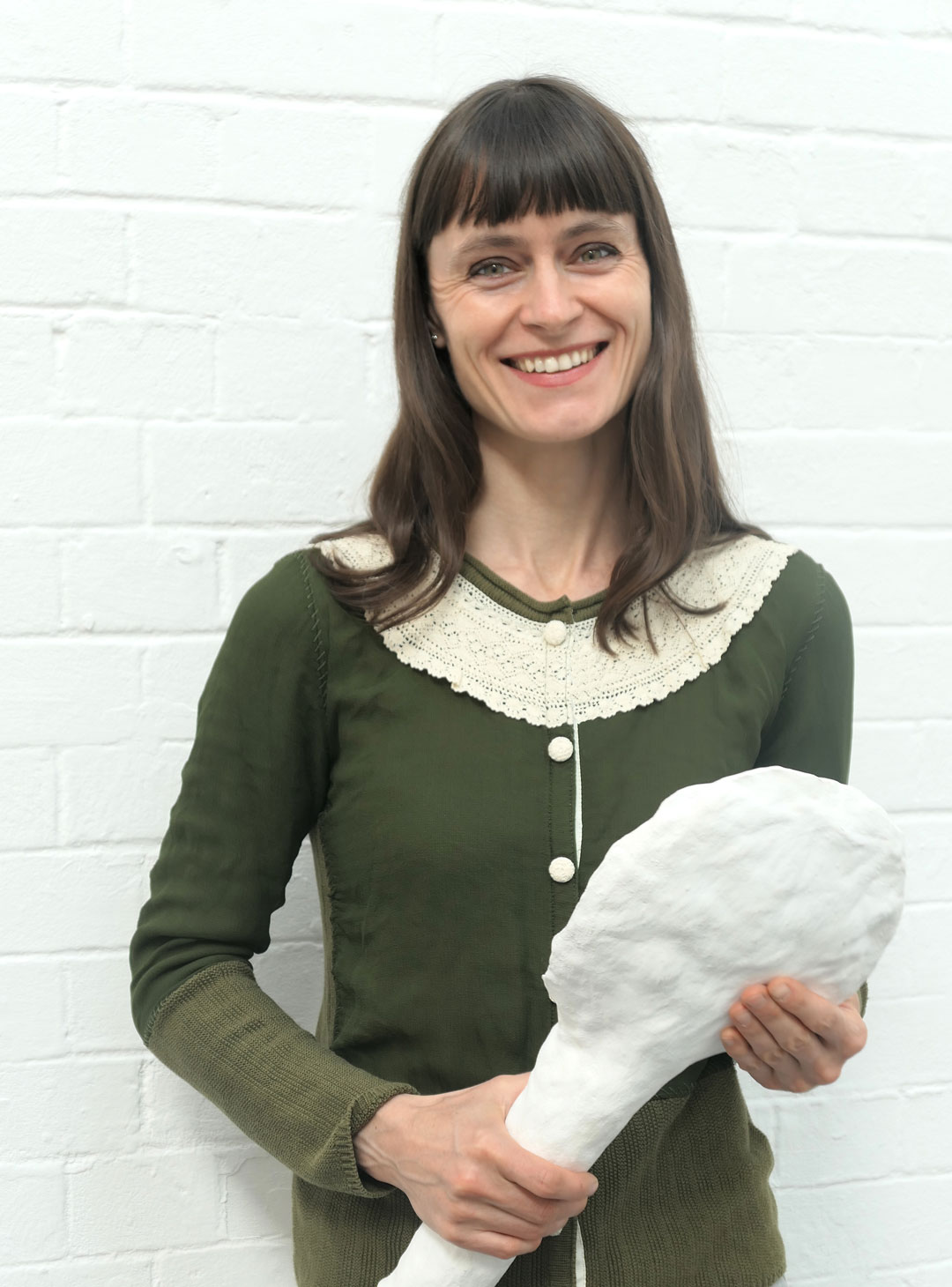
Katie Cuddon - Why I Create
Exploring the inspirations and attitudes of artists working with clay and ceramic, featured in Vitamin C
Katie Cuddon has worked with clay since 1999 while studying at the Glasgow School of Art. Her objects are hard to pin down. While seemingly anthropomorphic, they remain strangely elusive and nonspecific, not quite one thing or another. For her, they occupy "an awkward space in-between subjects and consciously overt language. I think of the works as linguistic stutters and exponents of the inadequacy of words,” she says. As with literature and writing, clay is a recorder of marks and Cuddon calls to mind the twentieth-century French sculptor Germaine Richier’s comment on the material: “The more you touch it, the more it screams.” Here the Vitamin C: Clay and Ceramic in Contemporary Art featured artist tells us why she works in the medium, what particular challenges it holds for her and who she thinks always gets it right.
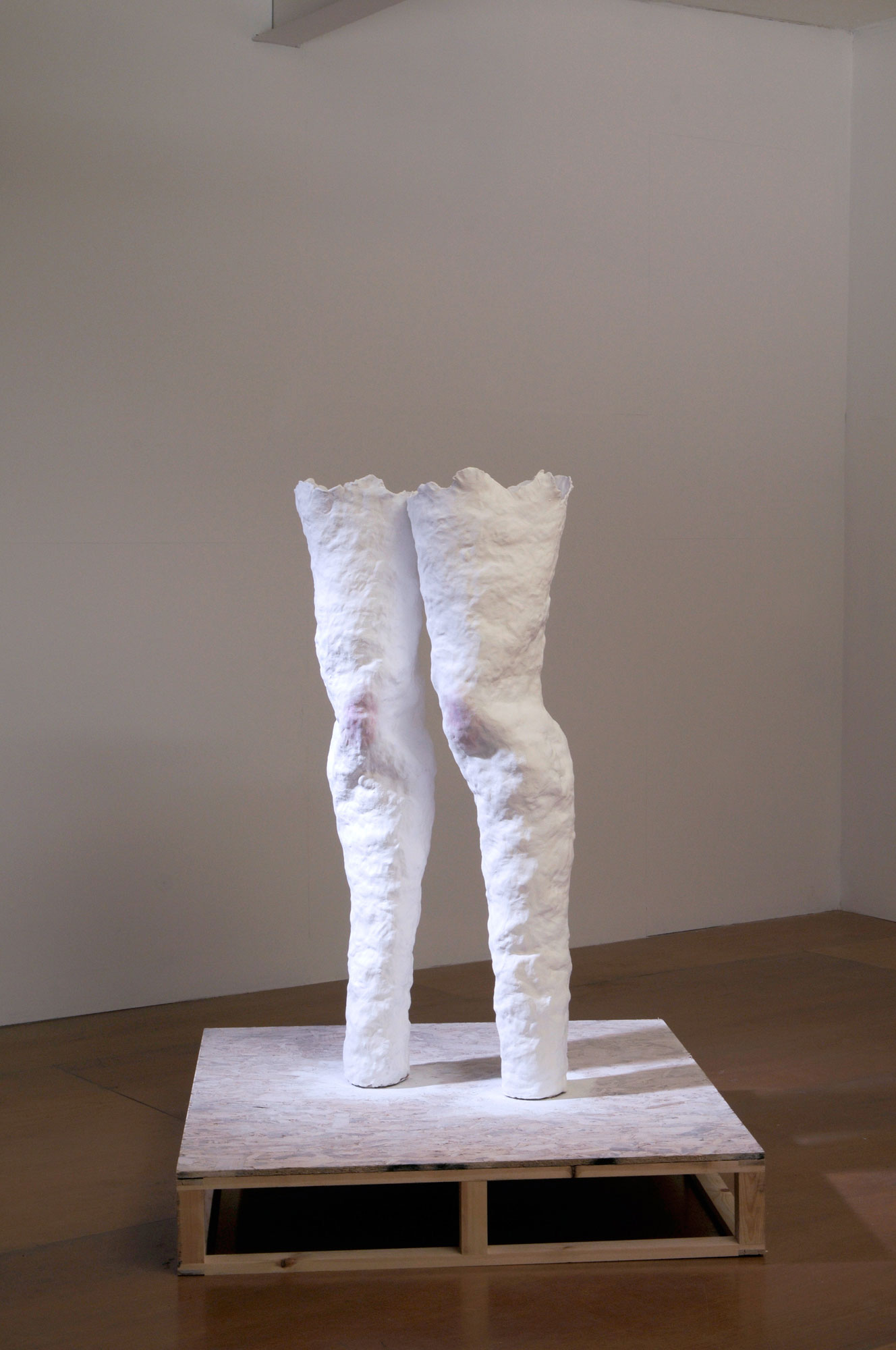
Who are you and what’s your relationship to clay and ceramics? I'm an Artist, Maker, Teacher. I’ve been working with clay for nearly 20 years, but not exclusively. However, clay is the material that seems to be able to express it all.
Why do you think there’s an increased interest around clay and ceramics right now? Ceramics moves in and out of fashion. It’s been around for thousands of years so its histories and uses are continually renegotiated as contexts change. Interest in the material more recently could have something to do with the way ceramics combines qualities that counter our increasingly remote experience of things. Clay is very responsive to the slightest gesture. Every touch will imprint itself in its surface. The satisfaction that comes with seeing one's fingers shape a material must have a renewed significance since we’ve come to view the world’s images with the sweep of a finger.
Ceramics is sometimes regarded as decorative, rather than fine arts. Does the distinction bother or annoy you? Ceramics’ decorative narrative is a dominant one. This has more to do with glaze than clay I think. But there are other ceramic histories which haven’t received anywhere near the same attention as the domestic vessel or ornament. Clay is often regarded as a base material that exists before and even against words. What gets forgotten is its deep literary history and relationship to narrative. That linage, which starts with cuneiform script inscribed into clay slabs, hasn’t really been explored yet.
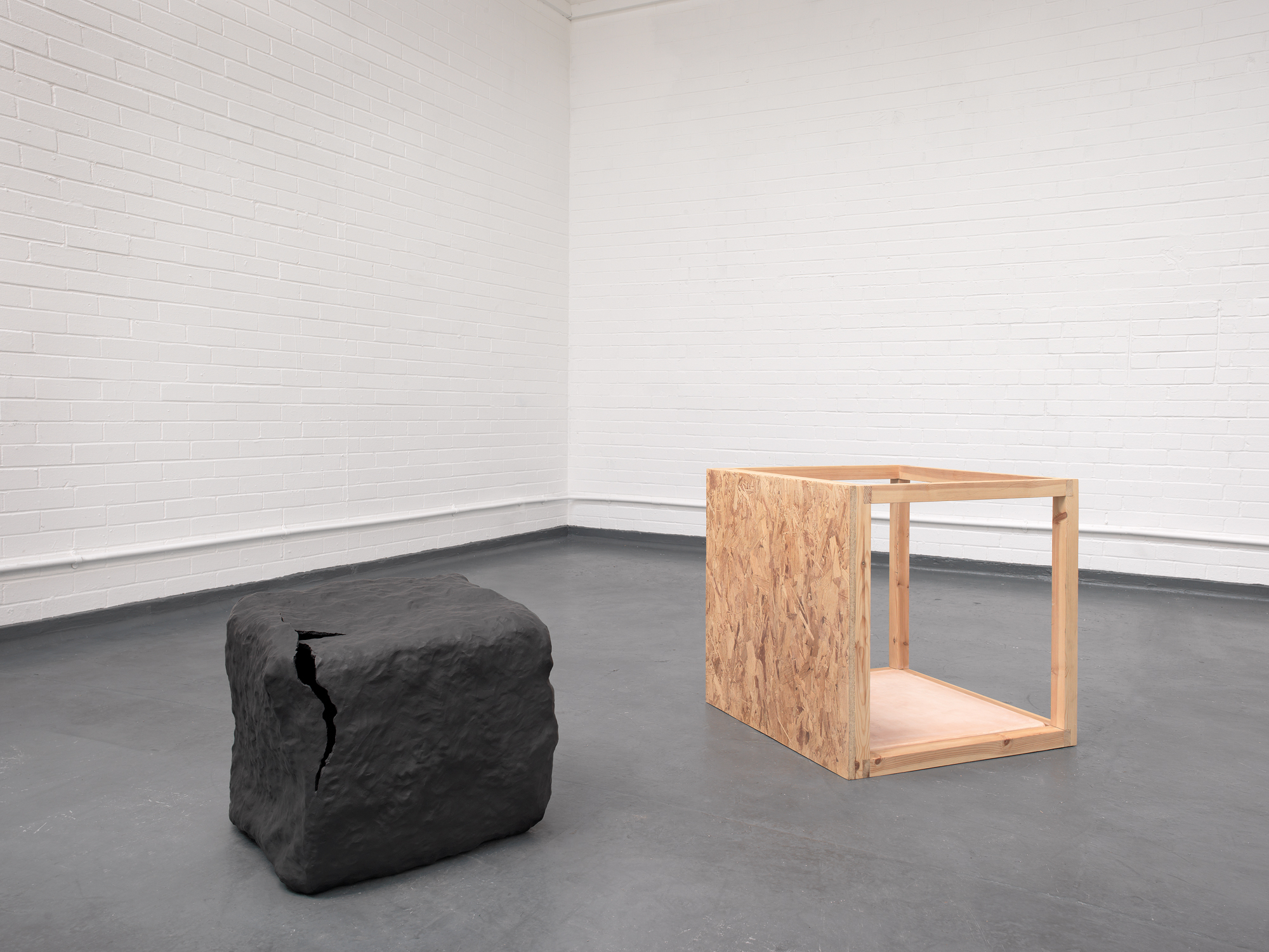
Whose work in this field do you admire? I often look at the creations of the Etruscans whose ceramics I became interested in whilst doing a residency in Rome. I love the awkwardness of their figures and objects. More recently I’ve been looking at ancient Greek ceramics whose sculptural images, like those of the Etruscans, are very compressed. We’re used to seeing a similar kind of abbreviation within drawn images but not so much within three dimensional representations. It’s this economy that interests me.
What are the hardest things for you to get ‘right’ and what are your unique challenges? It's easy to start something but taking it to a point where it surprises me, where it's evolved into something I could never have imagined is a challenge.
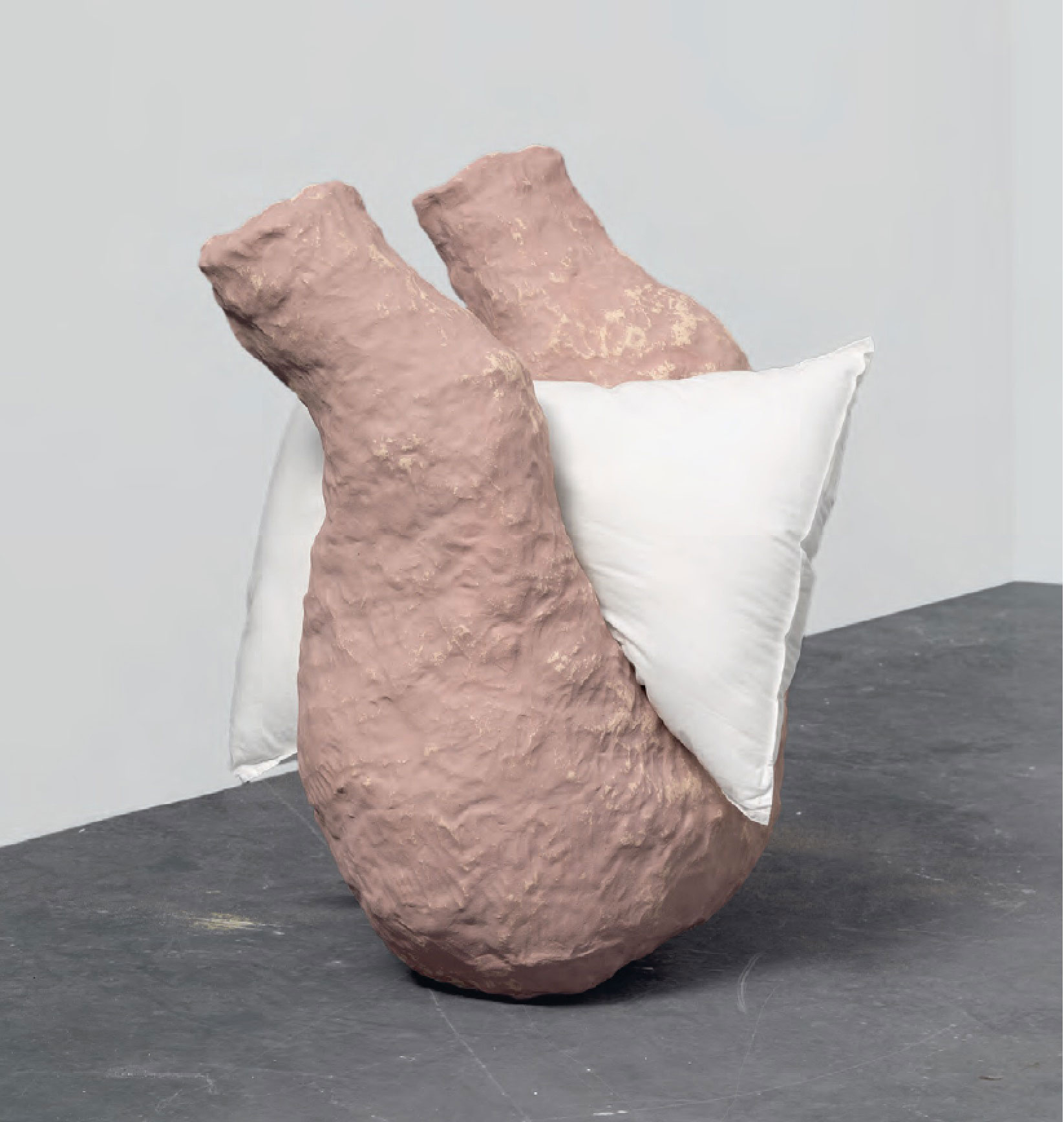
What part does the vulnerability of the material play in things? The vulnerability is in the handler, not the material. You come to know how your own work will behave at different stages of the process so it can become a controlled exercise if you want it to be. Raw clay is more forgiving of human error than most materials. I can never get over the frustration when working with wood or metal that putting back on what I've cut off just isn't a possibility. In its fired form, clay has survived for thousands of years and in extreme conditions, but the image of a fine ceramic object being dropped on a hard surface is a powerful one.
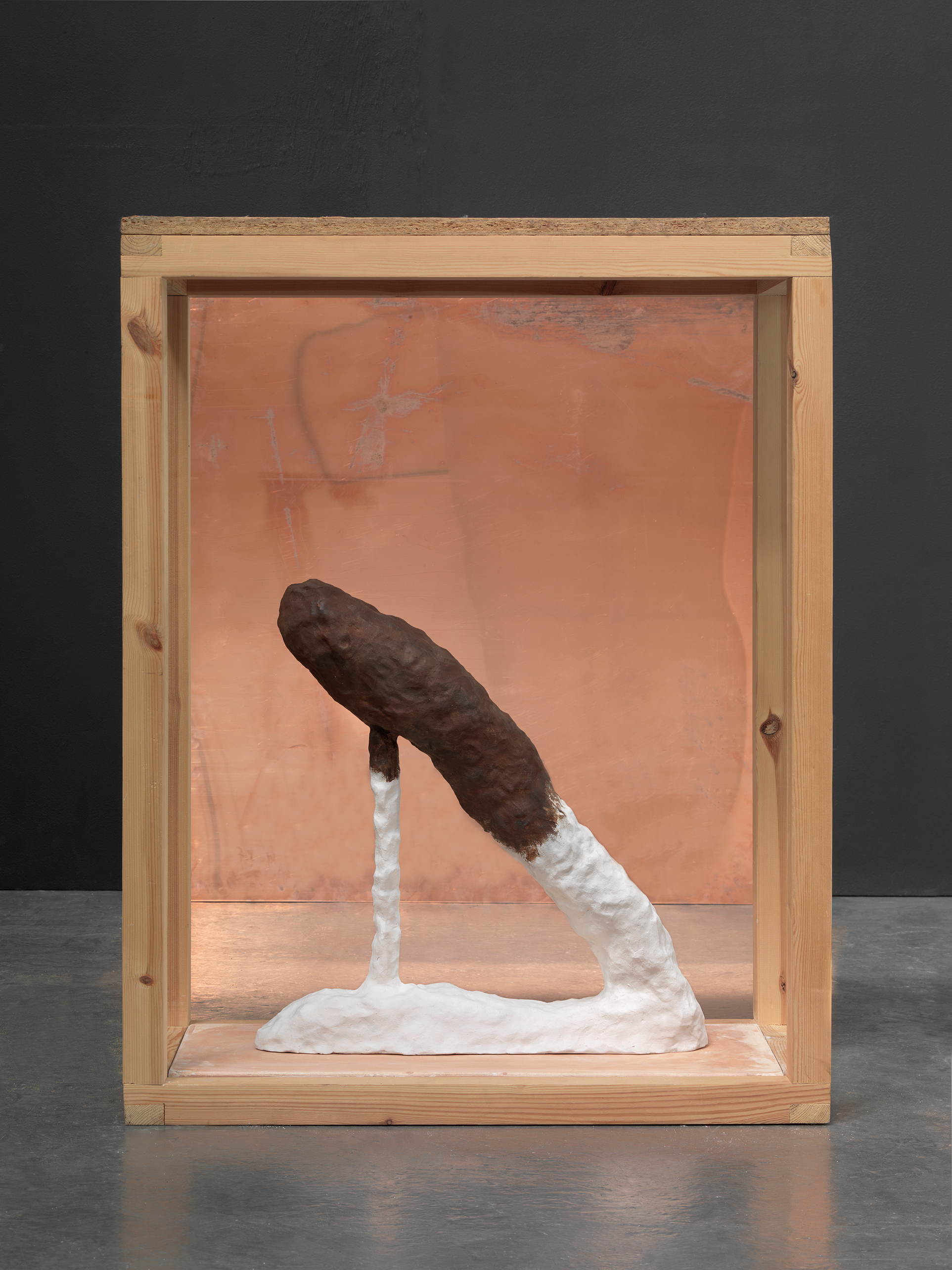
Is how you display a piece an important element of the work itself? Do you ever suggest how something might be displayed? How the work is positioned within a space and in relation to other works is as important as the piece itself. I'd always let a collector know how I imagined the work to exist because I think it's interesting, but I certainly wouldn’t insist. It’s quite nice when someone has a very specific idea about what they want to do with a piece.
What’s next for you, and what’s next for ceramics? My head is always a few steps behind the work so I couldn't tell you. What's next for ceramics? It’s always been everywhere and that’s how it will continue but perhaps the rigour with which it’s approached will evolve and expand.
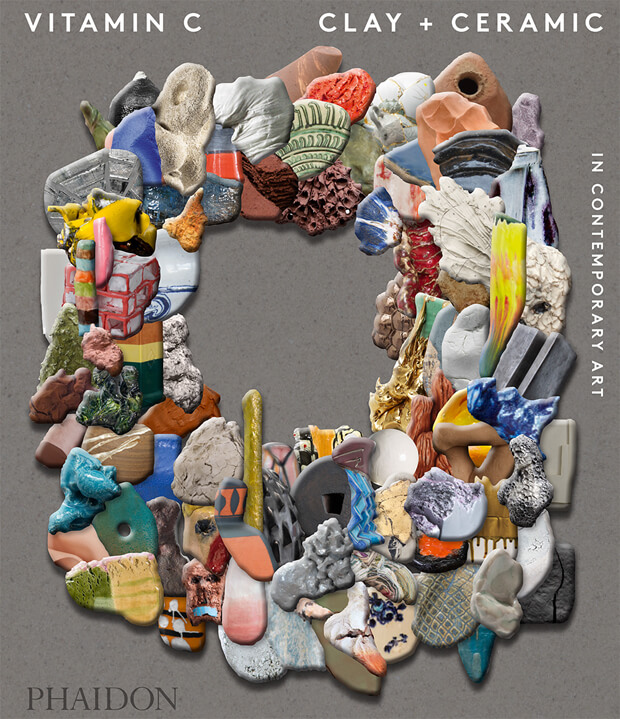
Clay and ceramics have in recent years been elevated from craft to high art material, with the resulting artworks being coveted by collectors and exhibited in museums around the world. Vitamin C: Clay and Ceramic in Contemporary Art celebrates the revival of clay as a material for contemporary artists, featuring a wide range of global talent selected by the world's leading curators, critics, and art professionals. Packed with illustrations, it's a vibrant and incredibly timely survey - the first of its kind. Buy Vitamin C here. And if you're quick, you can snap up works by some of the artists in it at Artspace here.